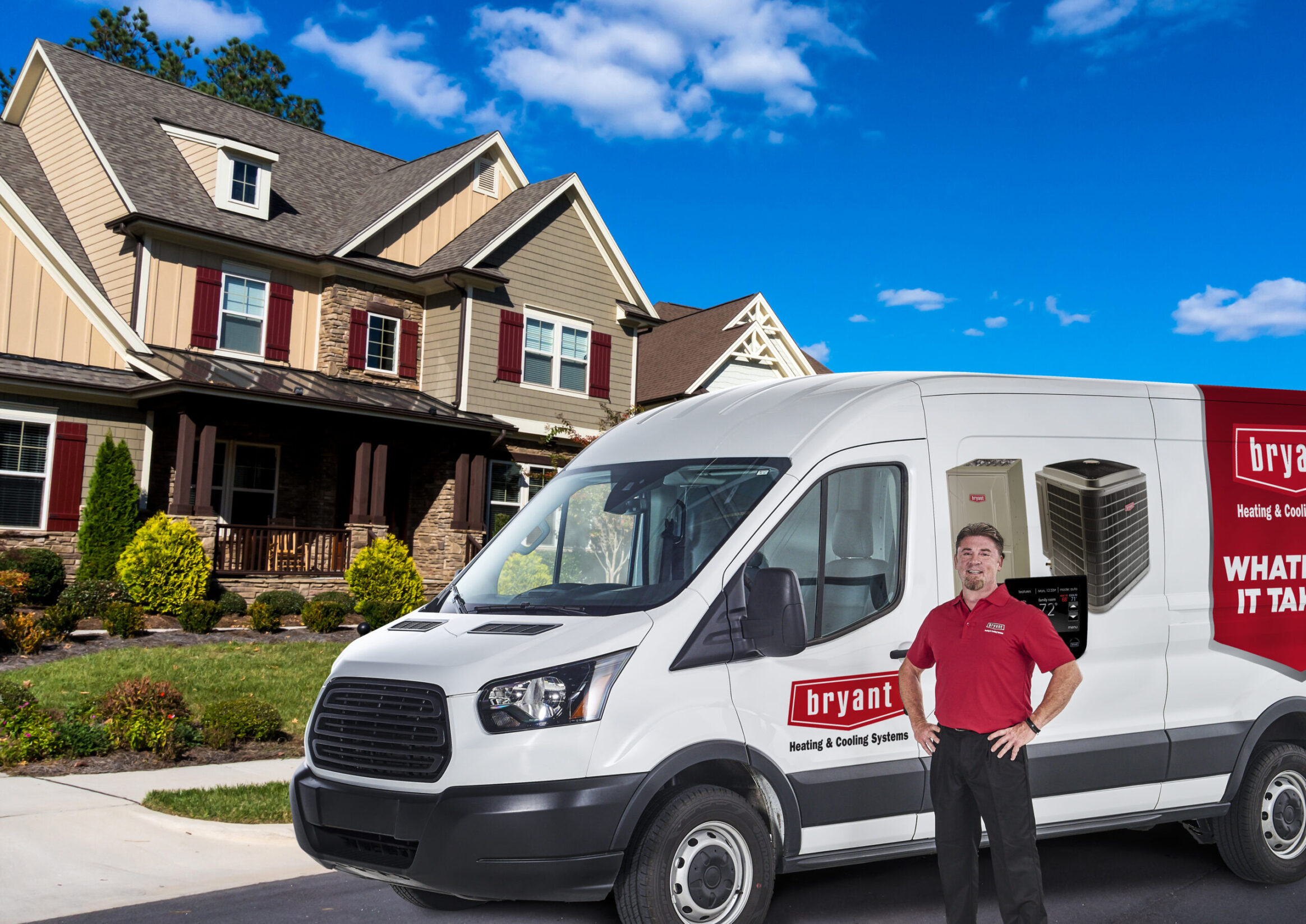
How to Clean a Furnace Flame Sensor.

Clean a Furnace Flame Sensor
Cleaning the flame sensor on a furnace is a relatively simple task and can often resolve issues with the furnace not staying lit. Here’s a step-by-step guide on how to clean the flame sensor:
Note: Before performing any maintenance on your furnace, ensure that the power to the furnace is turned off at the circuit breaker to prevent accidents. If you’re unsure, it’s always best to consult with a professional HVAC technician.
- Locate the Flame Sensor:
- The flame sensor is a small, usually metallic rod located near the burner assembly. It senses the presence of a flame when the burners are on.
- Turn Off the Furnace:
- Switch off the power to the furnace at the circuit breaker to ensure your safety.
- Access the Flame Sensor:
- Depending on your furnace model, you may need to remove a cover or panel to access the flame sensor. Refer to your furnace’s manual for specific instructions.
- Remove the Flame Sensor:
- The flame sensor is typically held in place with one or two screws. Use a screwdriver to carefully remove the screws and take out the flame sensor.
- Clean the Flame Sensor:
- The flame sensor can accumulate soot and debris over time, affecting its ability to detect the flame. Gently clean the sensor with a fine abrasive pad or emery cloth. Be cautious not to damage or scratch the sensor.
- Inspect for Damage:
- While the flame sensor is removed, inspect it for any signs of damage or corrosion. If the sensor is damaged, it may need to be replaced.
- Reinstall the Flame Sensor:
- Once the sensor is clean and in good condition, carefully reinstall it in the same position it was removed. Tighten the screws securely but avoid overtightening.
- Close the Furnace Panel:
- If you had to remove a panel to access the flame sensor, make sure to securely close and fasten the panel.
- Turn On the Furnace:
- Restore power to the furnace at the circuit breaker.
- Test the Furnace:
- Set your thermostat to call for heat and observe the furnace’s operation. Ensure that the burners ignite, and the flame sensor is detecting the flame.
Regularly cleaning the flame sensor as part of your furnace maintenance routine can help prevent issues and ensure efficient operation. If problems persist, or if you are uncomfortable performing these tasks, it’s advisable to seek the assistance of a professional HVAC technician. Call Four Elements Service Heating&Cooling to schedule a season check-up furnace.
Overall, cleaning the furnace flame sensor is a crucial aspect of regular HVAC maintenance that offers numerous benefits in terms of performance, efficiency, safety, and cost savings. It’s a relatively simple task that can make a significant difference in the operation and longevity of your furnace.
In addition to these specific maintenance tasks, it’s essential to schedule a professional HVAC technician to perform a comprehensive inspection and tune-up of your furnace before the heating season. A professional service will address any potential issues and ensure that your furnace operates safely and efficiently throughout the winter months. Regular maintenance not only extends the lifespan of your furnace but also helps prevent costly repairs and ensures reliable heating when you need it most.
Peace of mind: Knowing that your furnace is well-maintained and operating efficiently can provide peace of mind, especially during the colder months when reliable heating is essential. Regular cleaning of the flame sensor is a simple yet effective way to maintain your furnace and ensure it performs optimally when you need it most.
Performing furnace maintenance before the heating season is crucial for optimal performance, energy efficiency, and safety. It helps extend the lifespan of your furnace and prevents costly repairs. Scheduling a professional HVAC technician for a comprehensive inspection and tune-up is recommended. Regular maintenance ensures reliable heating when needed.






Recent Comments